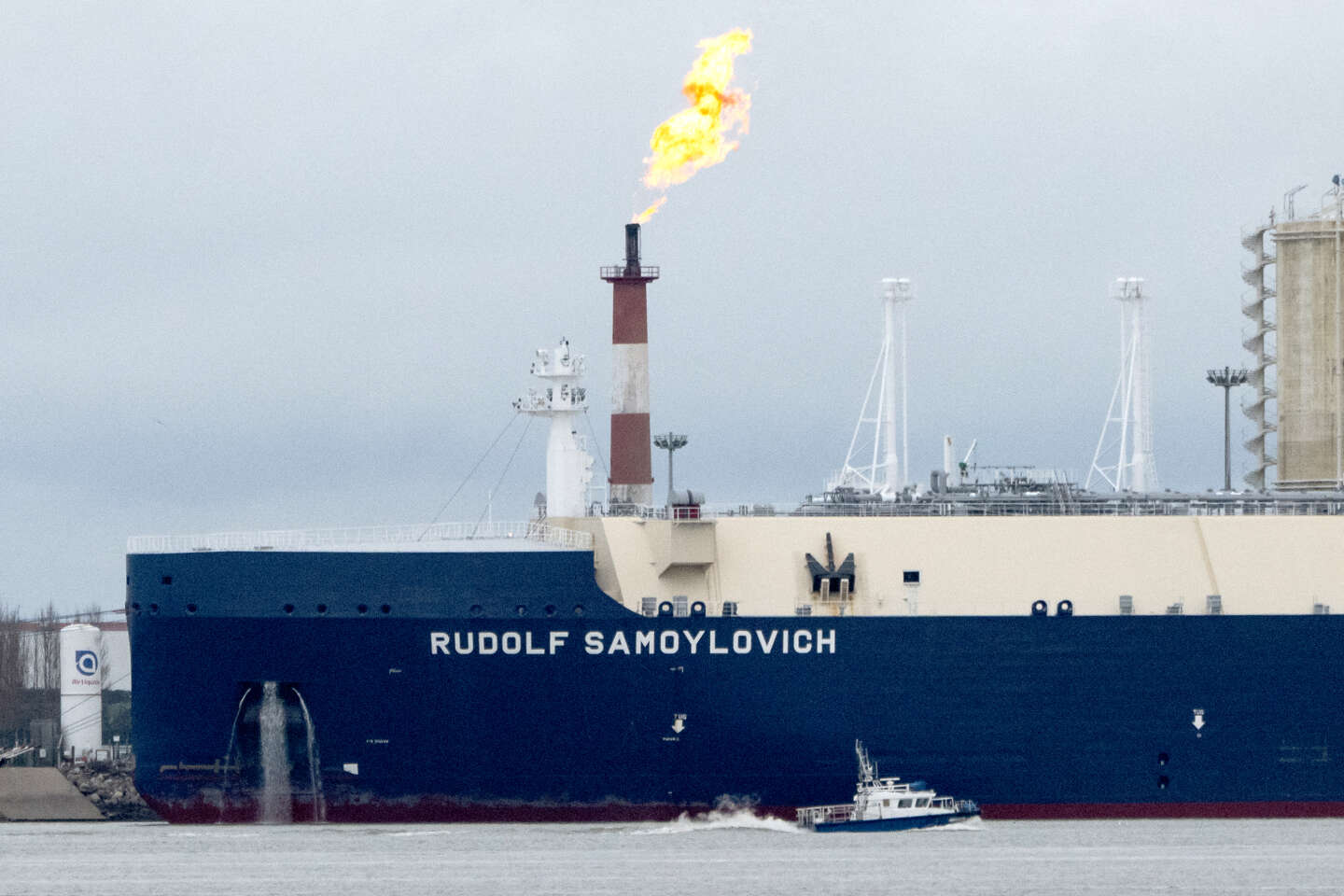Despite the war in Ukraine, Russian natural gas is still flowing to the European Union (EU). More surprisingly, a year and a half after the conflict’s outbreak, and even though the Kremlin has considerably reduced pipeline deliveries of “conventional” natural gas, those of liquefied natural gas (LNG) transported by ship are up sharply on pre-war levels.
Volumes jumped by 40% between January and July compared with the same period in 2021, according to data provider Kpler, quoted in late August by the non-governmental organization (NGO) Global Witness. “While European countries decry the war, they’re putting money into Putin’s pockets,” accused the British NGO. “These countries should align their actions with their words by banning the trade of Russian LNG that is fueling both the war and the climate crisis” – natural gas being, along with coal and oil, responsible for global warming.
A spokesperson for the European Commission argued that the situation has already “changed really dramatically.” In 2021, EU countries received over 150 billion cubic meters of Russian natural gas, 45% of all their natural gas imports, most of them via pipeline. According to initial cross-checks, purchases from Russian companies seem to have fallen to around 25 billion cubic meters in the first seven months of 2023: 15% of imports – half of which are now in the form of LNG.
Behind the US and Qatar, Russia therefore also benefited from the growing use of LNG. A major paradox, given that in March 2022, the European Union had presented liquefied natural gas as a way of “diversifying supplies” away from Russia. Thierry Bros, a lecturer at Sciences Po specializing in energy issues, criticized a certain “hypocrisy or ambiguity from the European Commission.” “We can and must do away with Russian gas as soon as possible,” acknowledged Estonian Energy Commissioner Kadri Simson in March.
A considerable windfall
LNG sales to Europe are still bringing in a considerable windfall for the Russian economy: Already more than €5 billion between January and July, according to estimates of the Center for Energy and Clean Air Research (CREA), a Finish collective. That’s more than double the figure for the same period in 2021. “The reason Europe was able to get so much LNG is that it paid very high prices for it,” pointed out Camille Defard, head of the Institut Jacques-Delors’ energy center.
Despite closing certain valves (to Germany or Poland), Russia continues to operate the Brotherhood pipeline, even at minimum capacity. This pipeline leads to Hungary and Austria via… Ukraine. According to CREA data sent to Le Monde, its pipeline sales even brought in twice as much as those of liquefied natural gas during the first seven months of the year: €10 billion. Thomas Pellerin-Carlin, director of the Institut de l’Economie pour le Climat’s (Institute for Climate Economics) Europe program, noted that “it is Putin’s Russia, not the European Commission, that has chosen to reduce Russian gas deliveries to the European Union.” Indeed, while the EU imposed an embargo on coal in August 2022 and then on most crude oil deliveries four months later, it is not ready to adopt a similar measure on natural gas.
You have 32.07% of this article left to read. The rest is for subscribers only.

